Humans have always had a close bond with animals, as reflected by how designs featuring animals have evolved over the ages. The earliest cave art often feature scenes of animal hunting, evidence of an adversarial relationship that can also be gleaned from animal teeth jewellery and trophy stag heads. When it’s a case of either I eat you for lunch or be eaten by you as dinner, our dominant position at the apex of the food chain is deemed worthy to brag about.


This attitude softened as humans began to domesticate animals, turning them from beasts of prey to farmed protein and beasts of burden. This ignited a paternalistic passion which not only led to a blossoming of art and decoration featuring animals, but also turned some of them, especially dogs, into subjects of biological design. The dachshund-like turnspit dog, for instance, was bred to have short legs and a stocky body and trained to turn roasting spits in country houses by running inside a wheel, hamster style. They eventually became extinct as roasting spits in aristocratic country houses became obsolete.
This heightened interaction eventually turned into genuine affection for domestic animals, who somehow reciprocated perhaps because they were suffering from the Stockholm syndrome. Animals are now objects of fascination and designs featuring animals tend to reflect their elevated status as creative muses rather than trophies of conquests. Sleek black cats became synonymous with brands such as Puma, Cartier, Peugeot and Jaguar (before its widely panned recent rebrand), whilst many contemporary designers created collections which are distinctly animalistic.
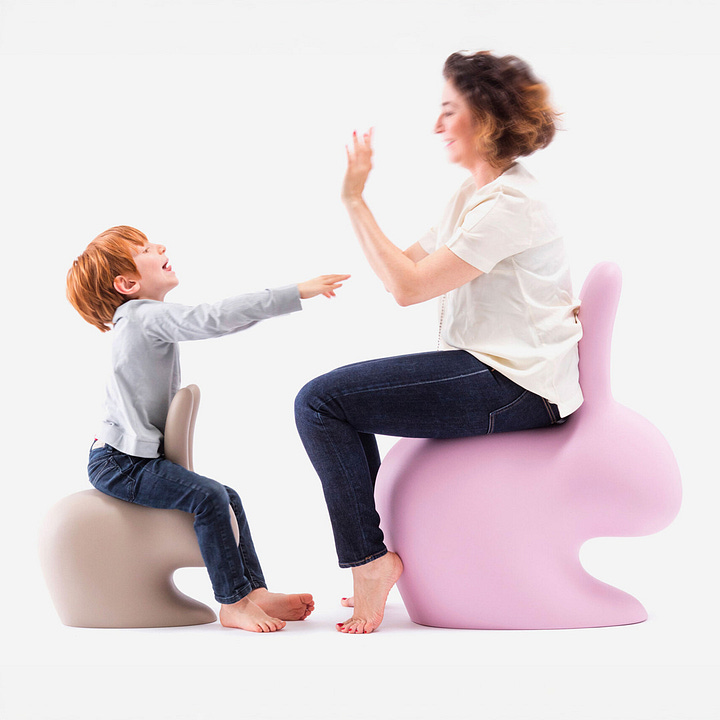
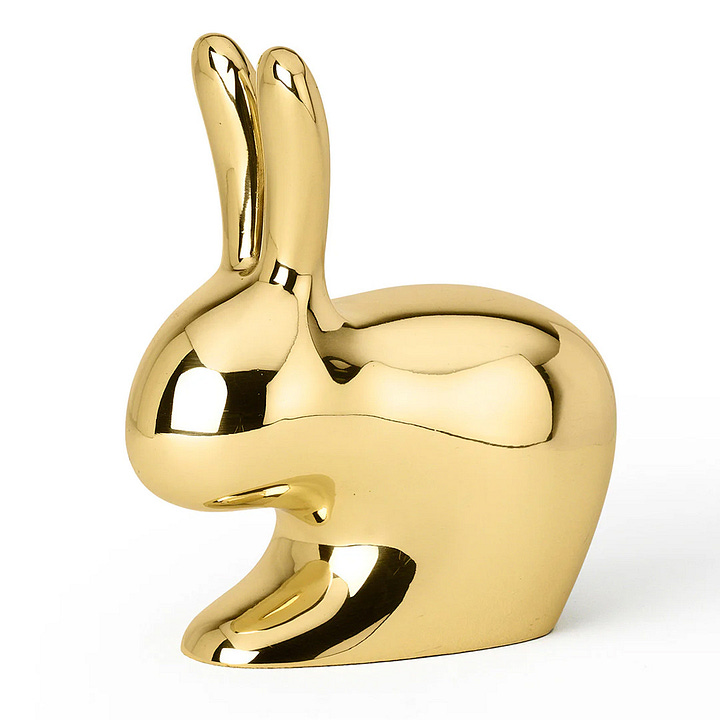
Stefano Giovannoni loves rabbits, featuring them in a best-selling plastic chair for Qeeboo and a range of brass accessories for Ghidini 1961.
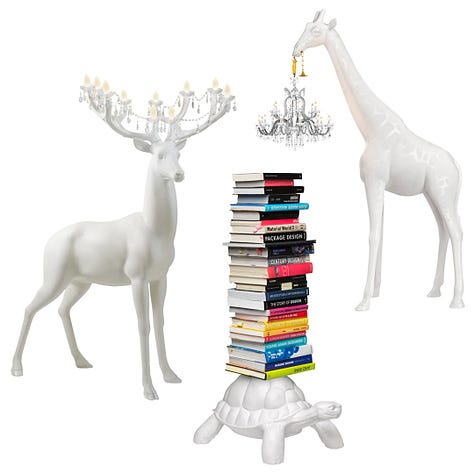
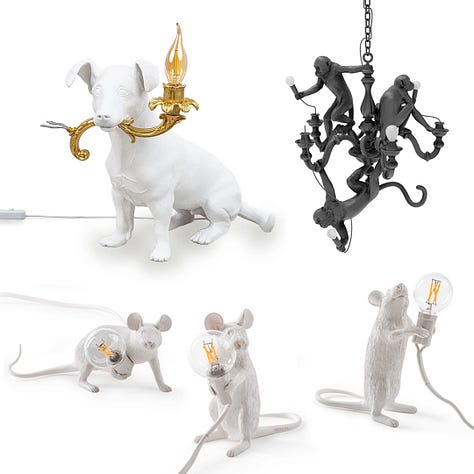
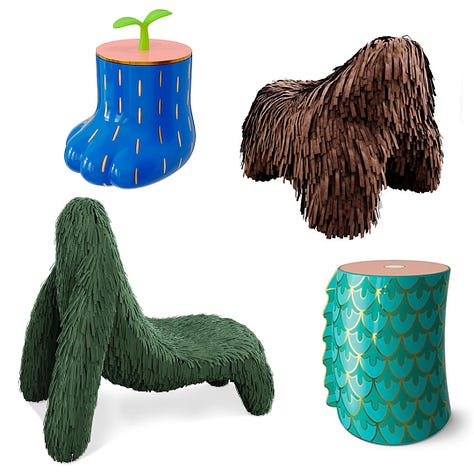
Marcantonio’s designs explore the relationship between humans and nature and his menagerie of designs include lights in the form of monkeys, rats and dogs for Seletti, multifunctional tortoises for Qeeboo and the Forest collection of wonderfully wild creations for Scarlet Splendour.
Karman has a charming Zoo collection of animal lights designed by Matteo Ugolini including wide-eyed owls, curious cats and industrious squirrels.
The horse light, pig table and rabbit light designed by Front for Moooi are now design icons, whilst the squeamish may wish to think twice before parking their rear sides onto the life-like wild animal chairs designed by Maximo Riera.
This brings us up to date, when meat comes in neat plastic-wrapped packages and our contact with wild animals is reduced to watching David Attenborough documentaries. In the meantime, over-engineered domestic animals, aka pets, have now attained the status of family members and enjoy a whole universe of products designed specifically for them.

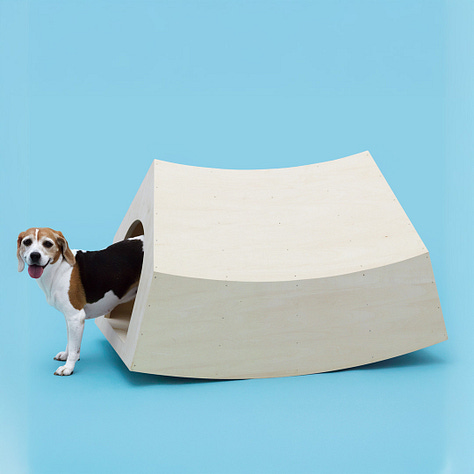
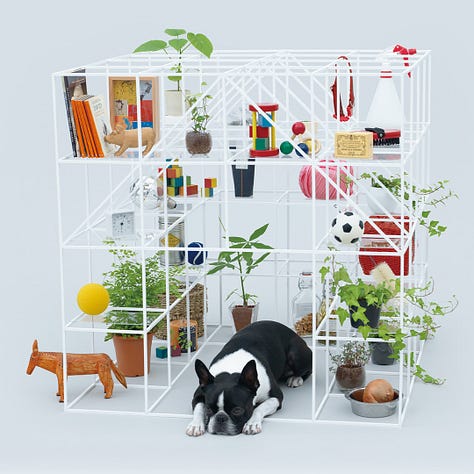
Architecture for Dogs and Barkitecture both feature extraordinary kennels designed by leading architects and designers.
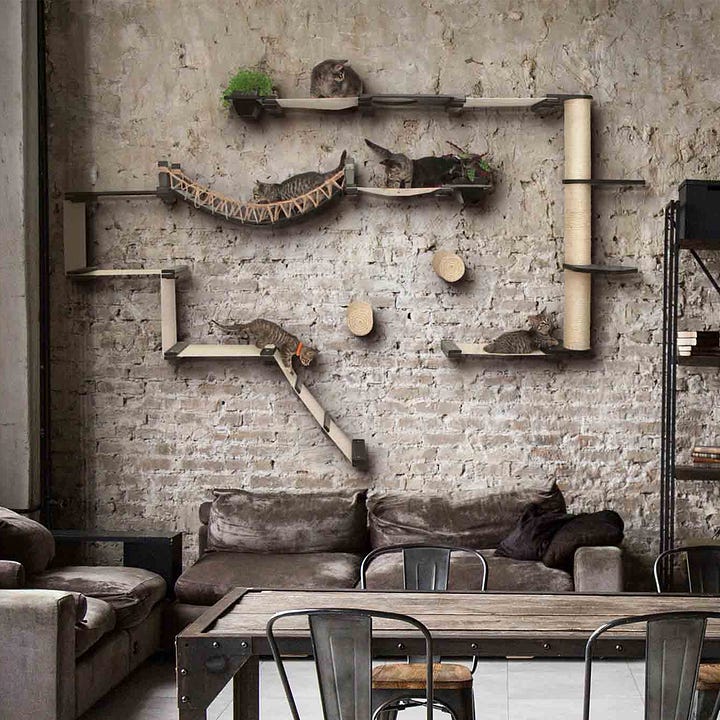
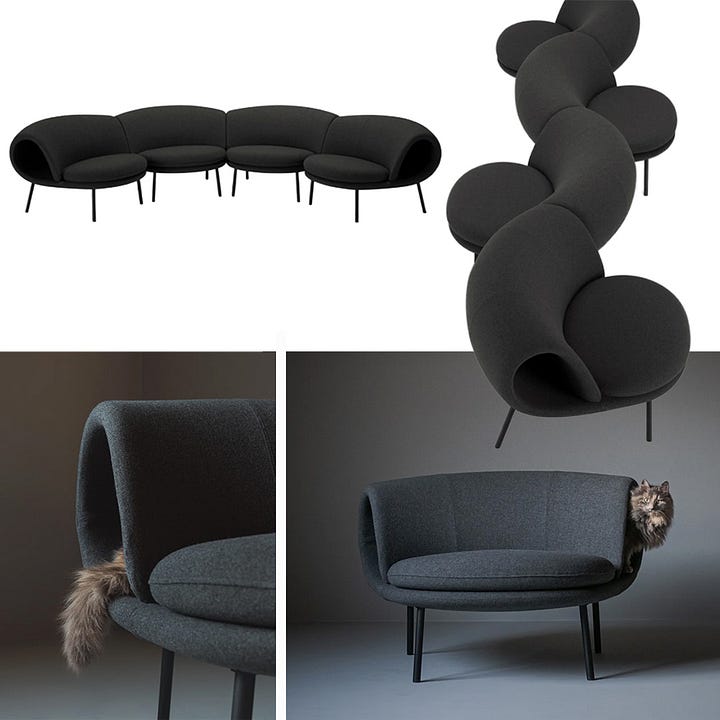
As for cats, multi-level cat tables are now considered basic. Cats in design-focused households can now enjoy walkways and tunnels designed as part of walls, bookcases, sofas and chairs. These features serve as much to scratch their owners’ itch for design as to assuage their guilt for not letting their cats roam outside.
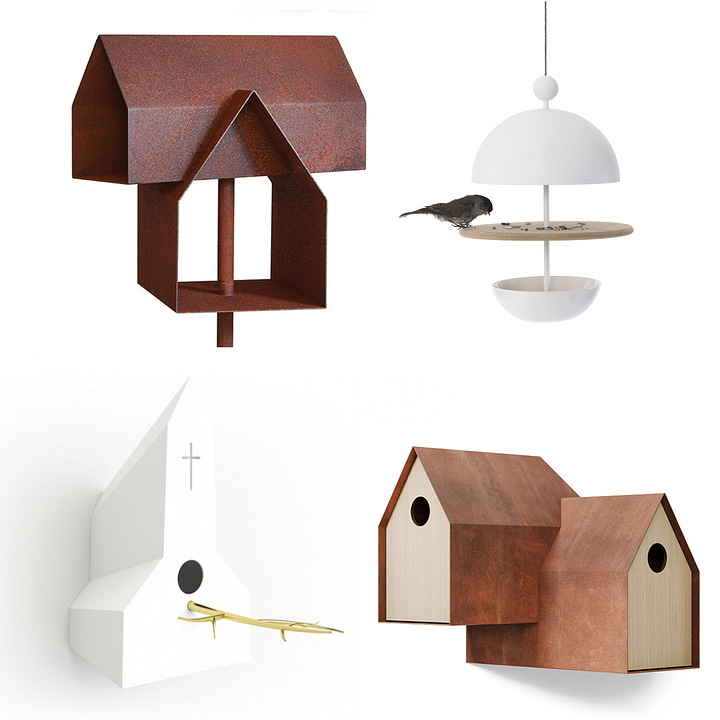
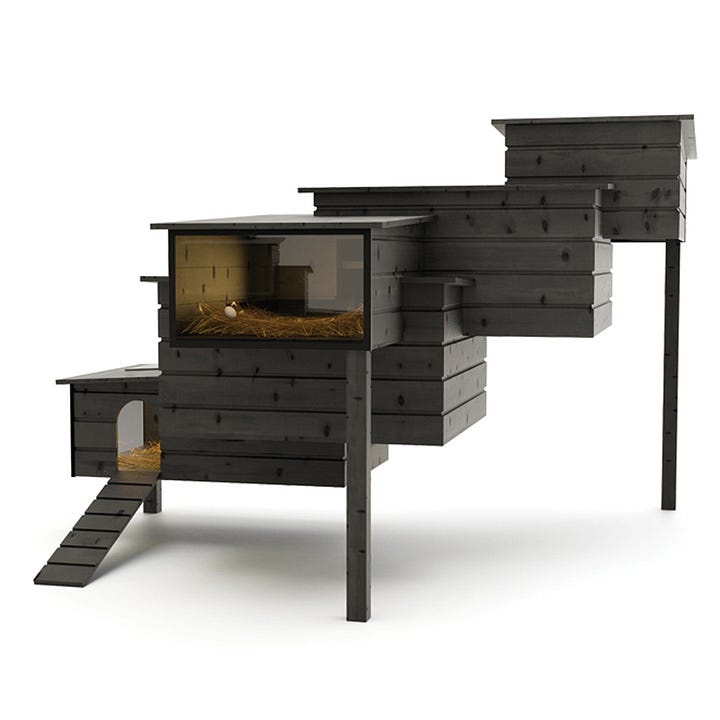
Nor are dogs and cats the only beneficiaries of high design furniture. Dutch designer Frederik Roije does a neat line of sleek, modernist houses and feeding tables for birds, including the grandiose Breed Retreat chicken run, a masterpiece of cantilevered architecture which Frank Lloyd Wright would be proud of.
So we have come full circle - who’s the boss now?
For more fresh and wild designs inspired by the natural world come visit us at www.do-shop.com.





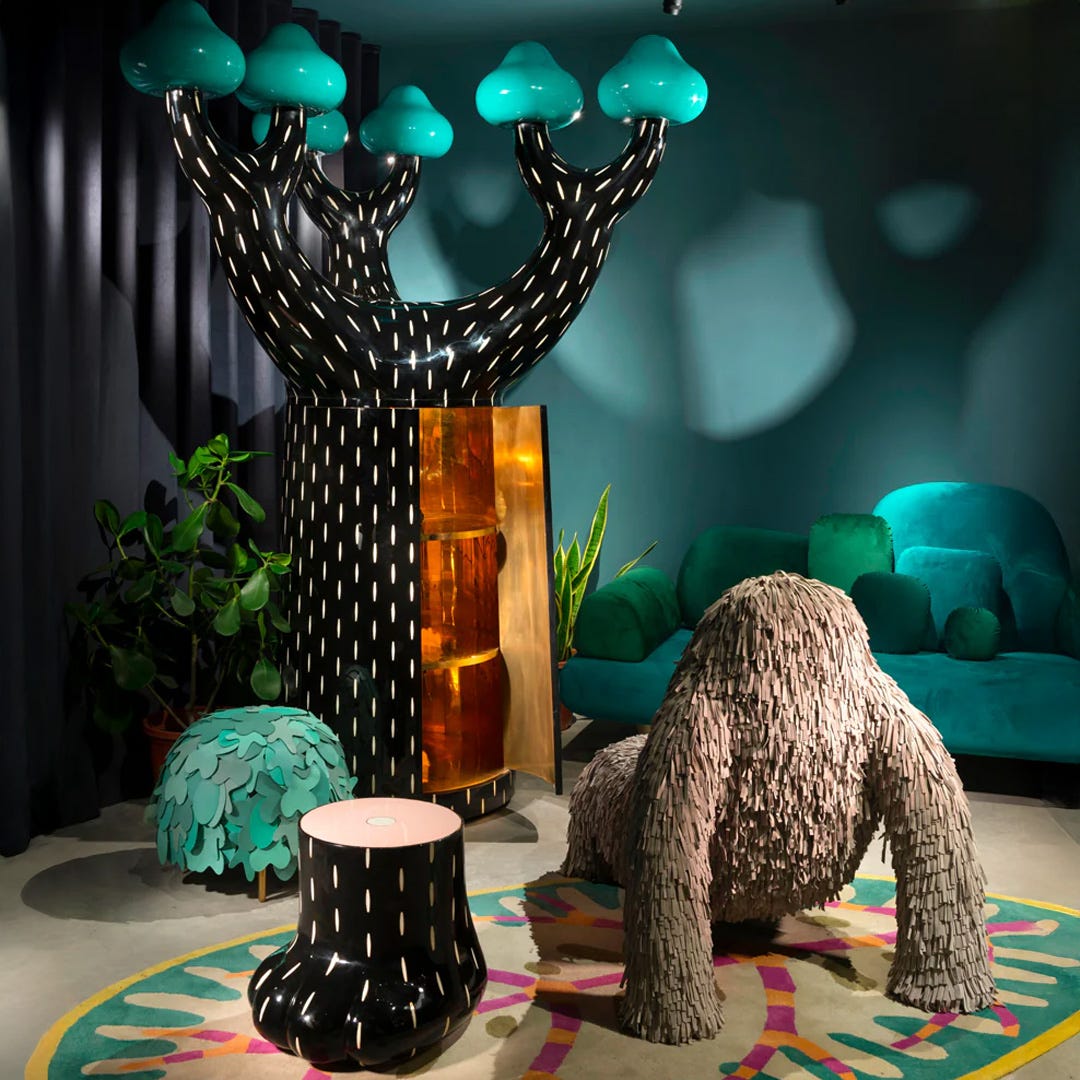
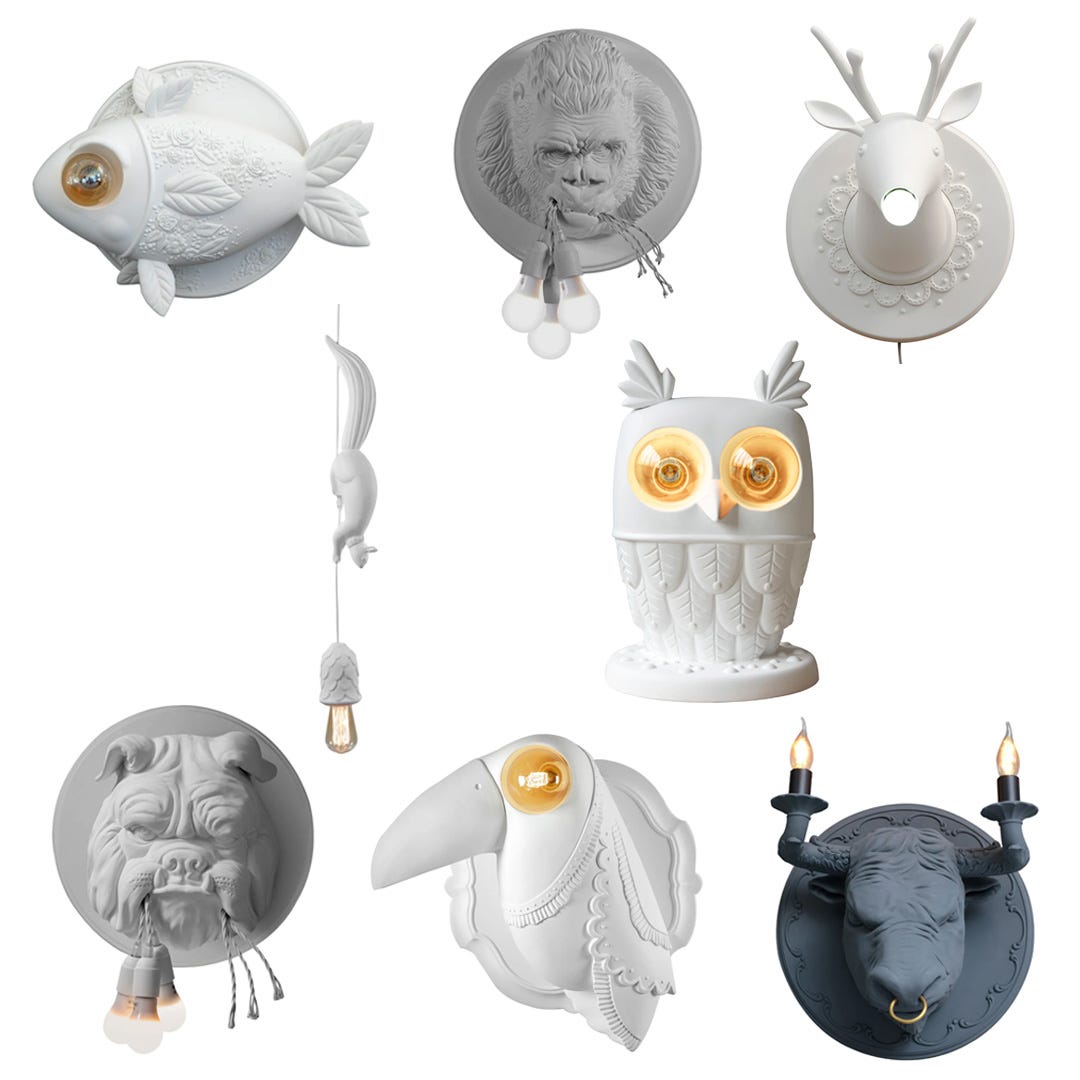
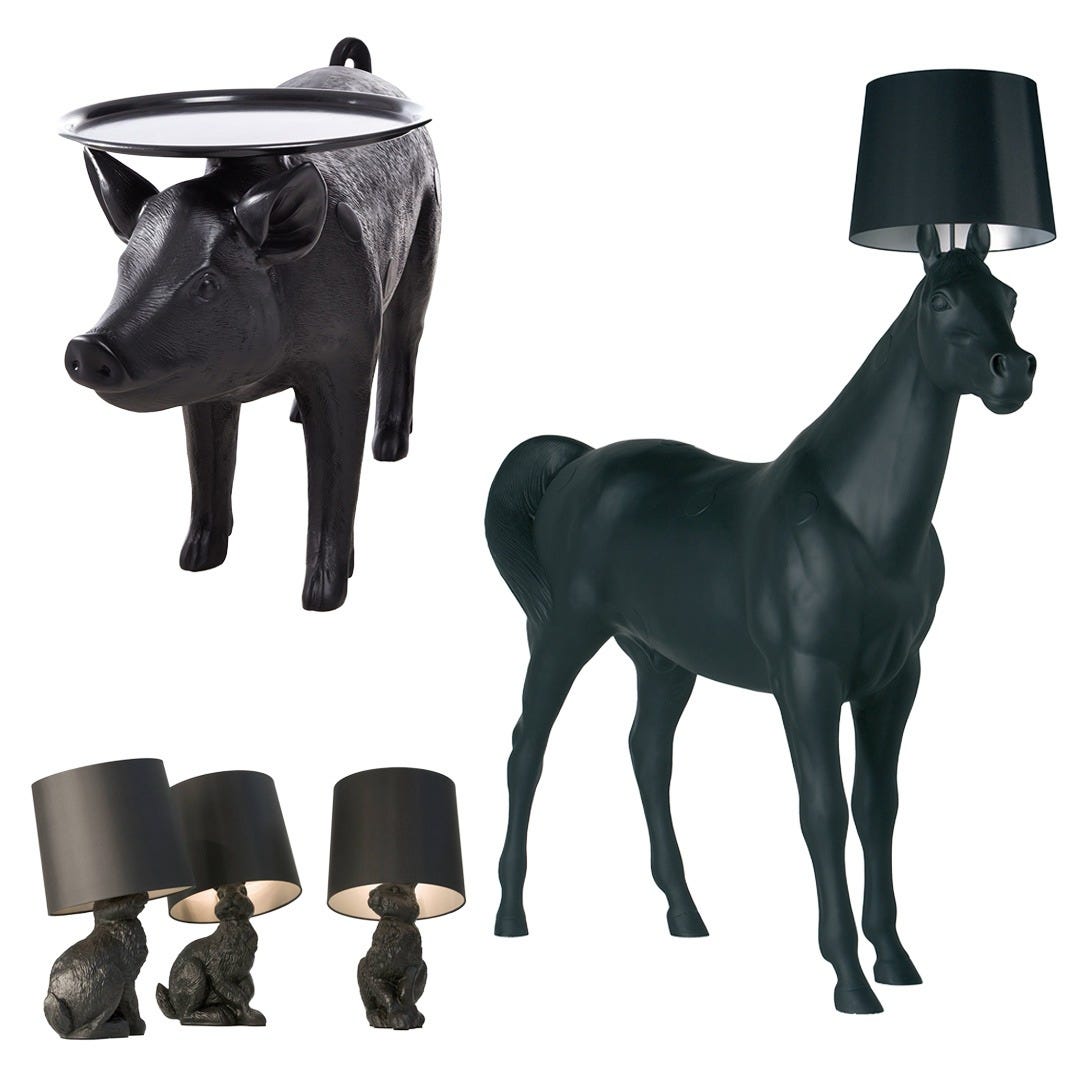
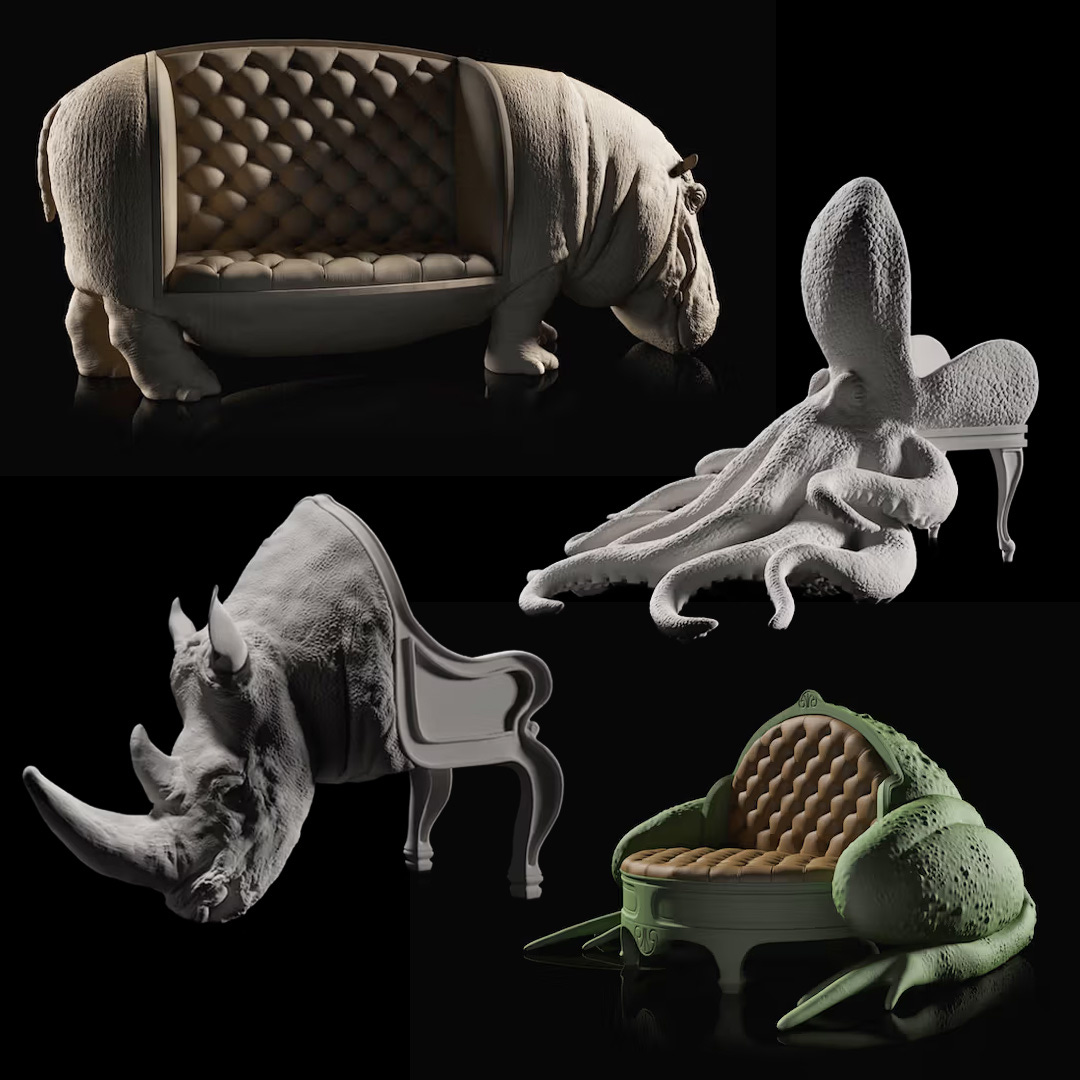
Ahhhhhhhhhhhhh what a marvellous subject !
BTW:
Yesterday I was walking my miniature Dachsie and over-head someone saying to a friend:
" Geeeee this is the loooooongest puppy I have ever seen ! "
That got me laughing ... 😃
How much do we LOVE our dogs and pets ... 🐾♥️♥️
Interesting topic not often covered in discussions of design